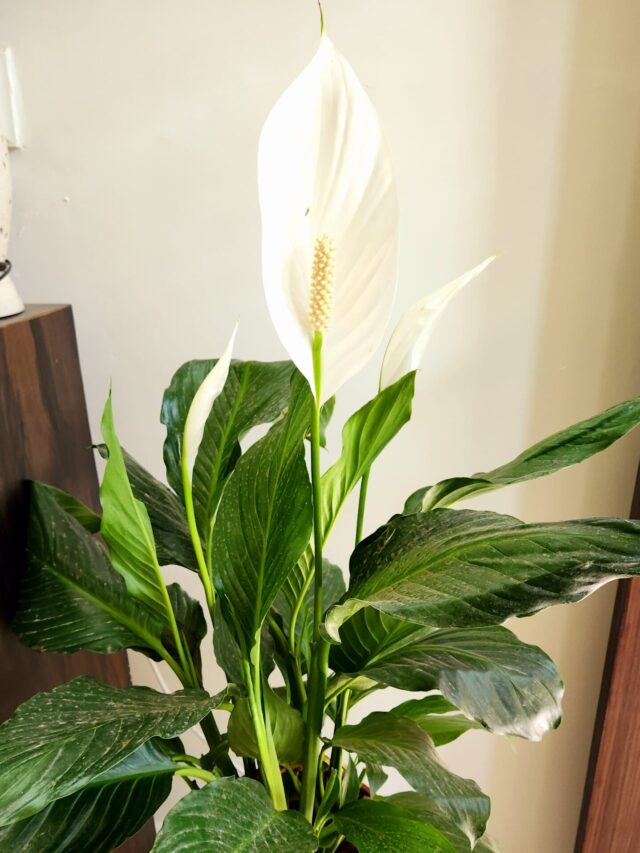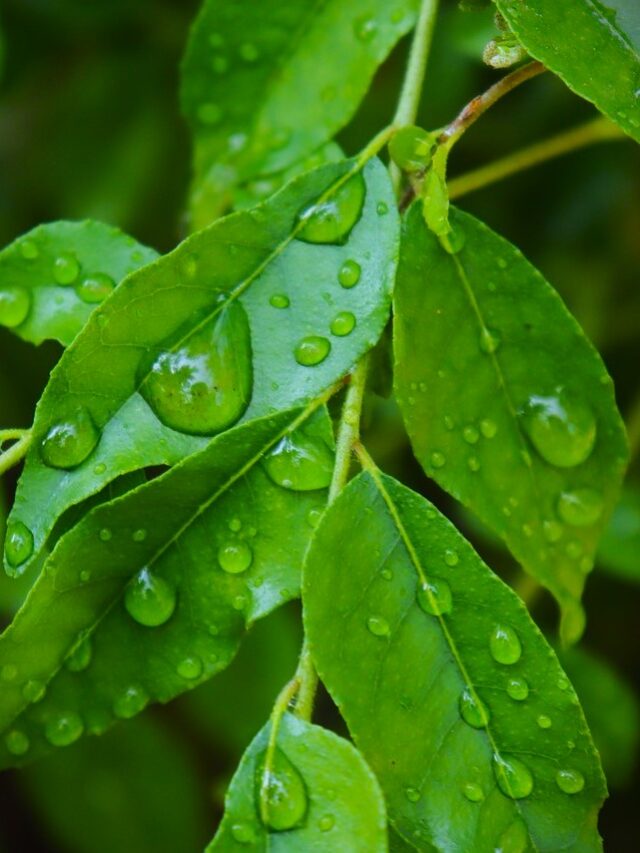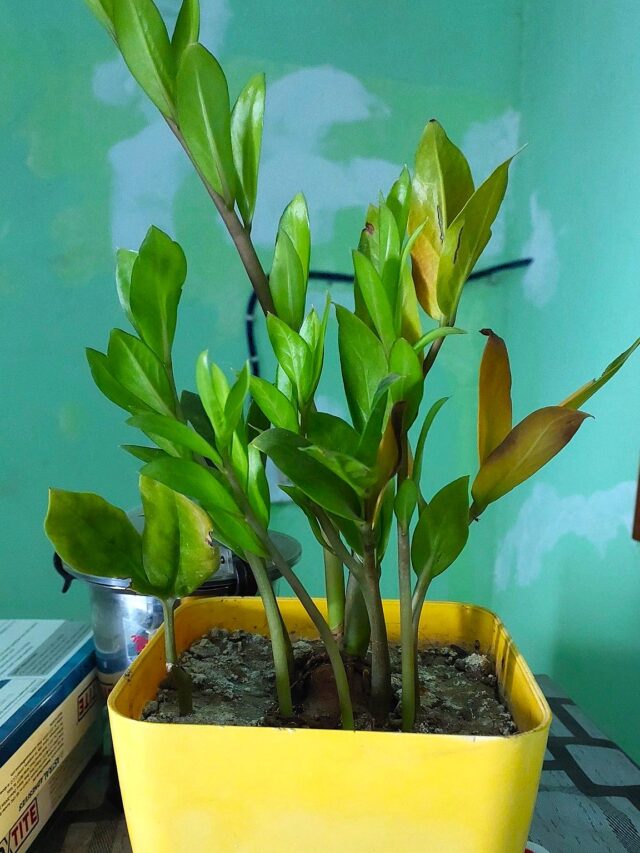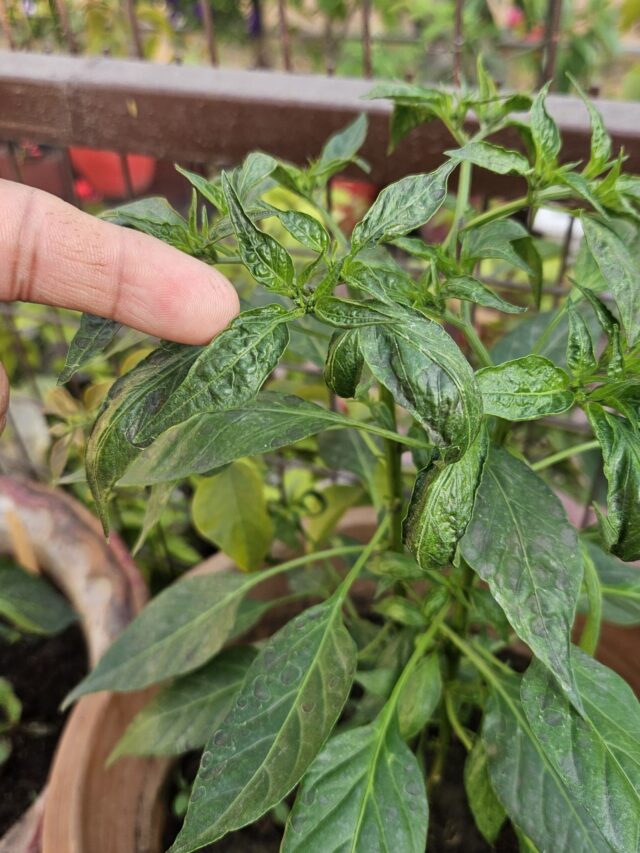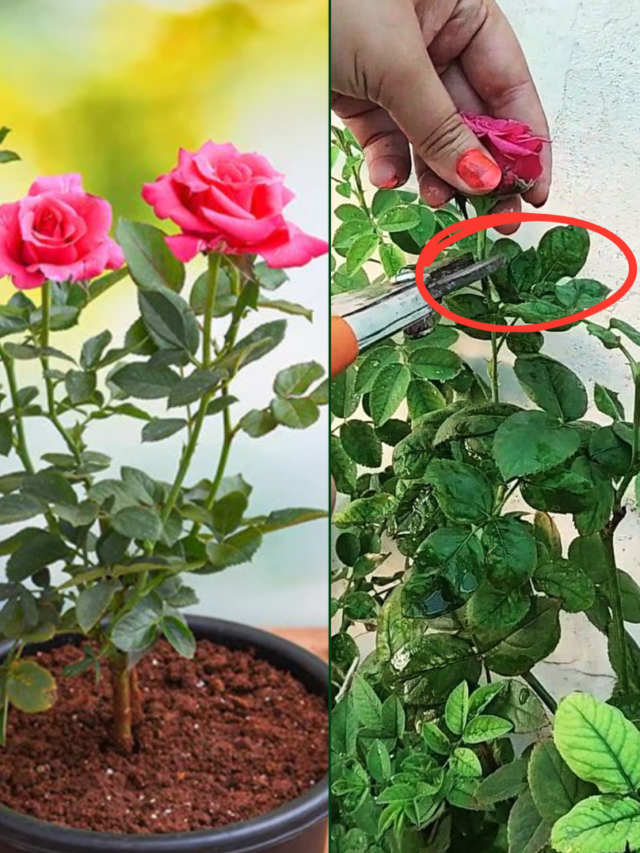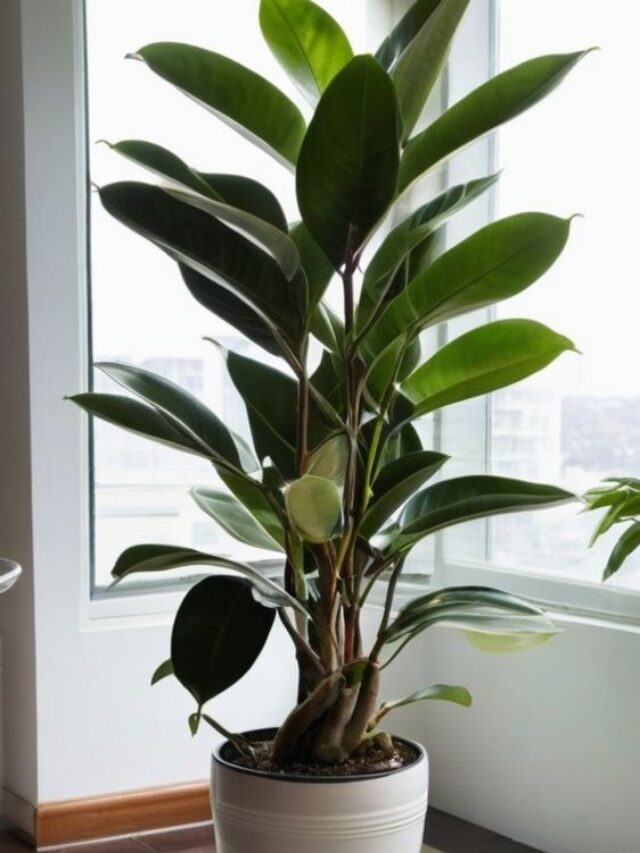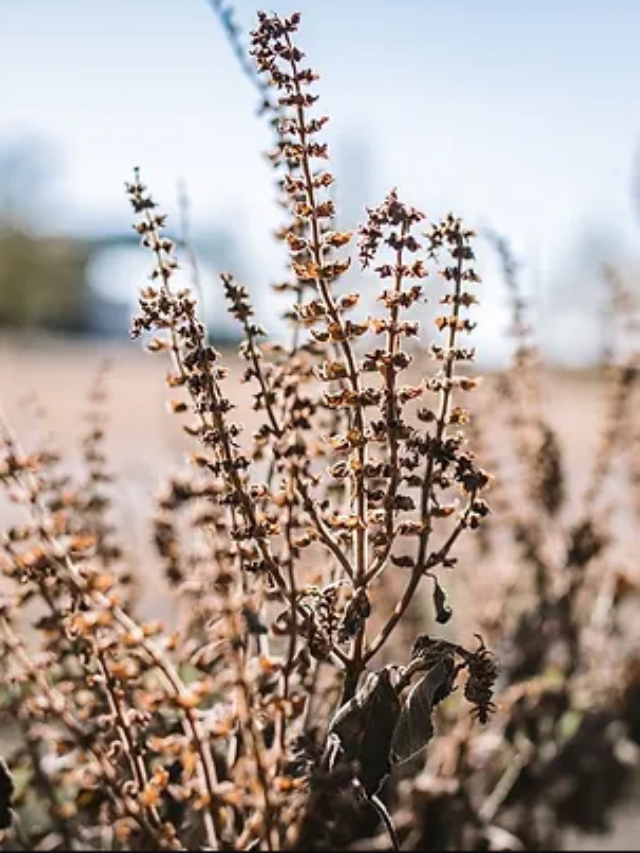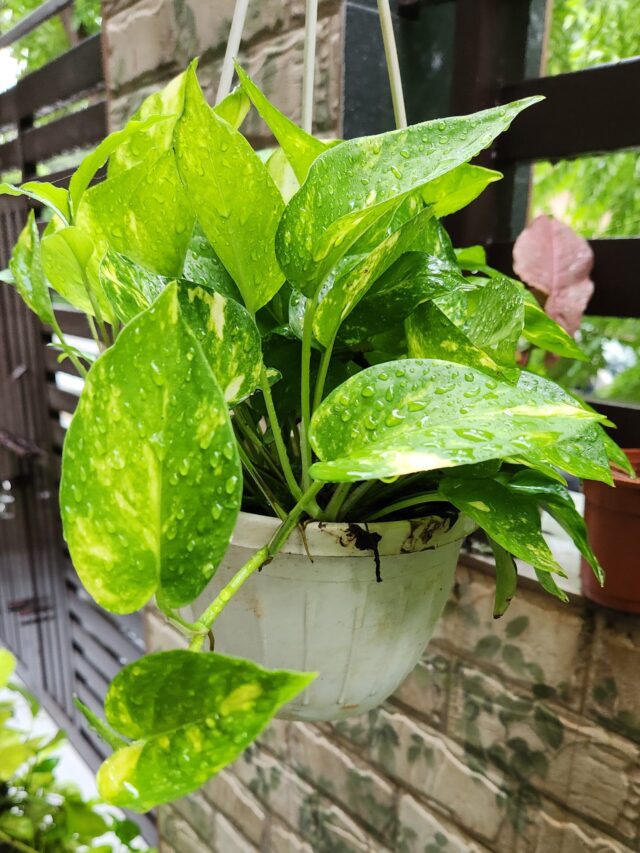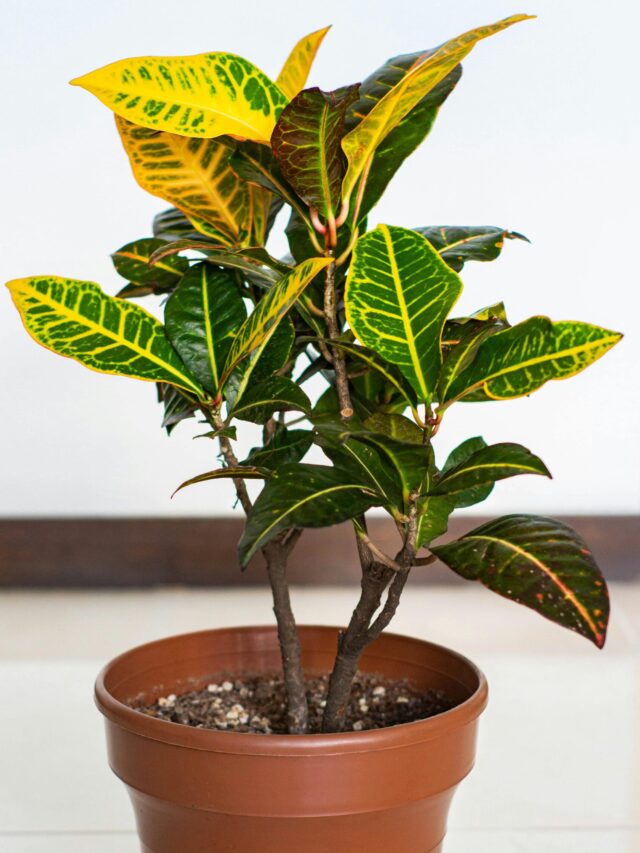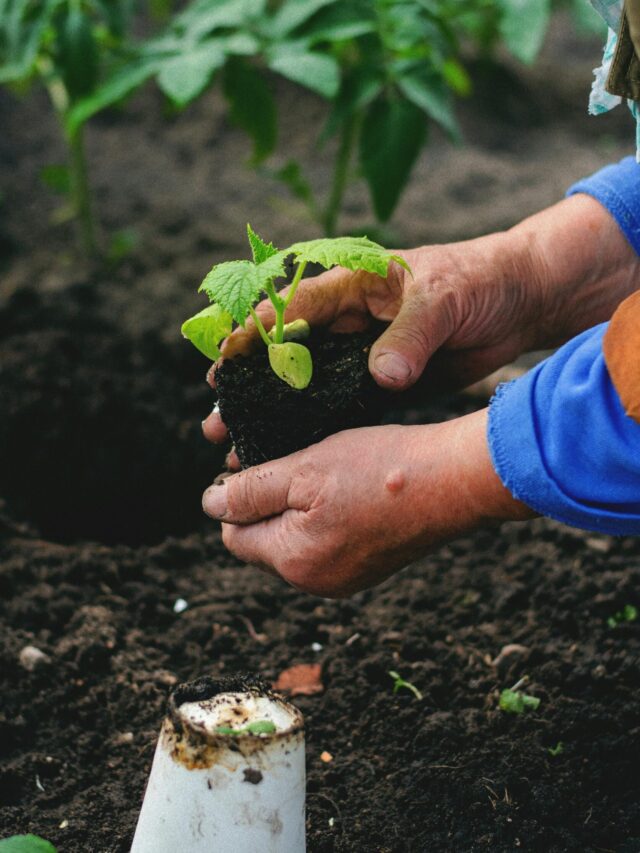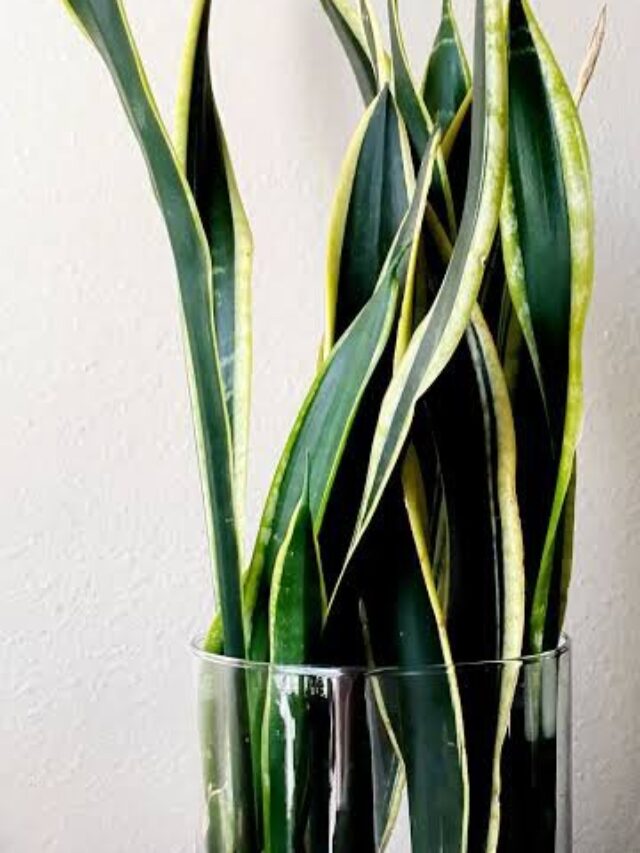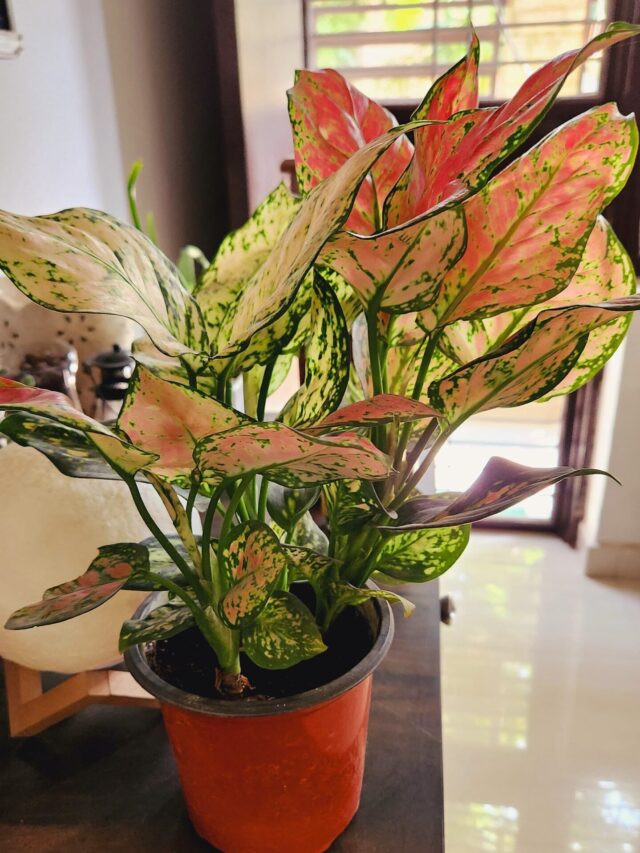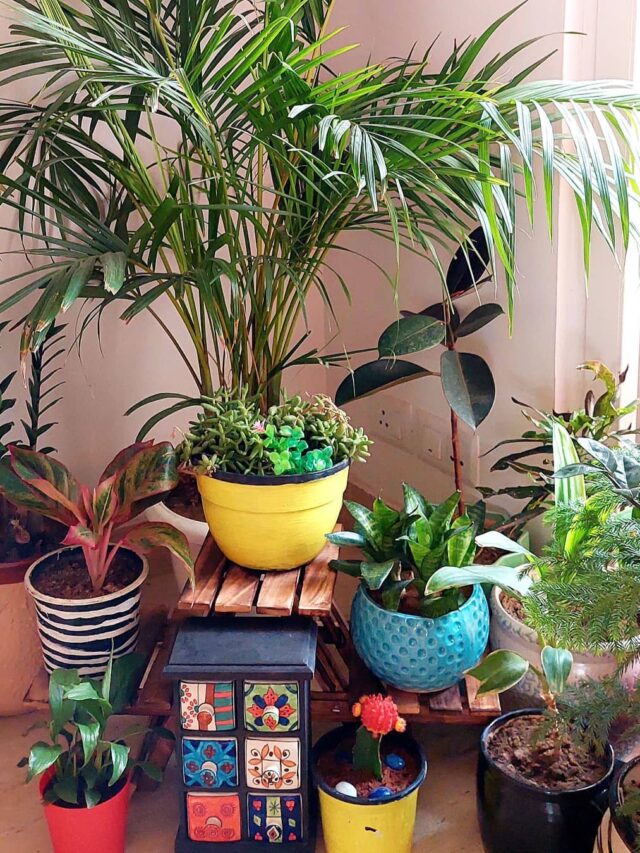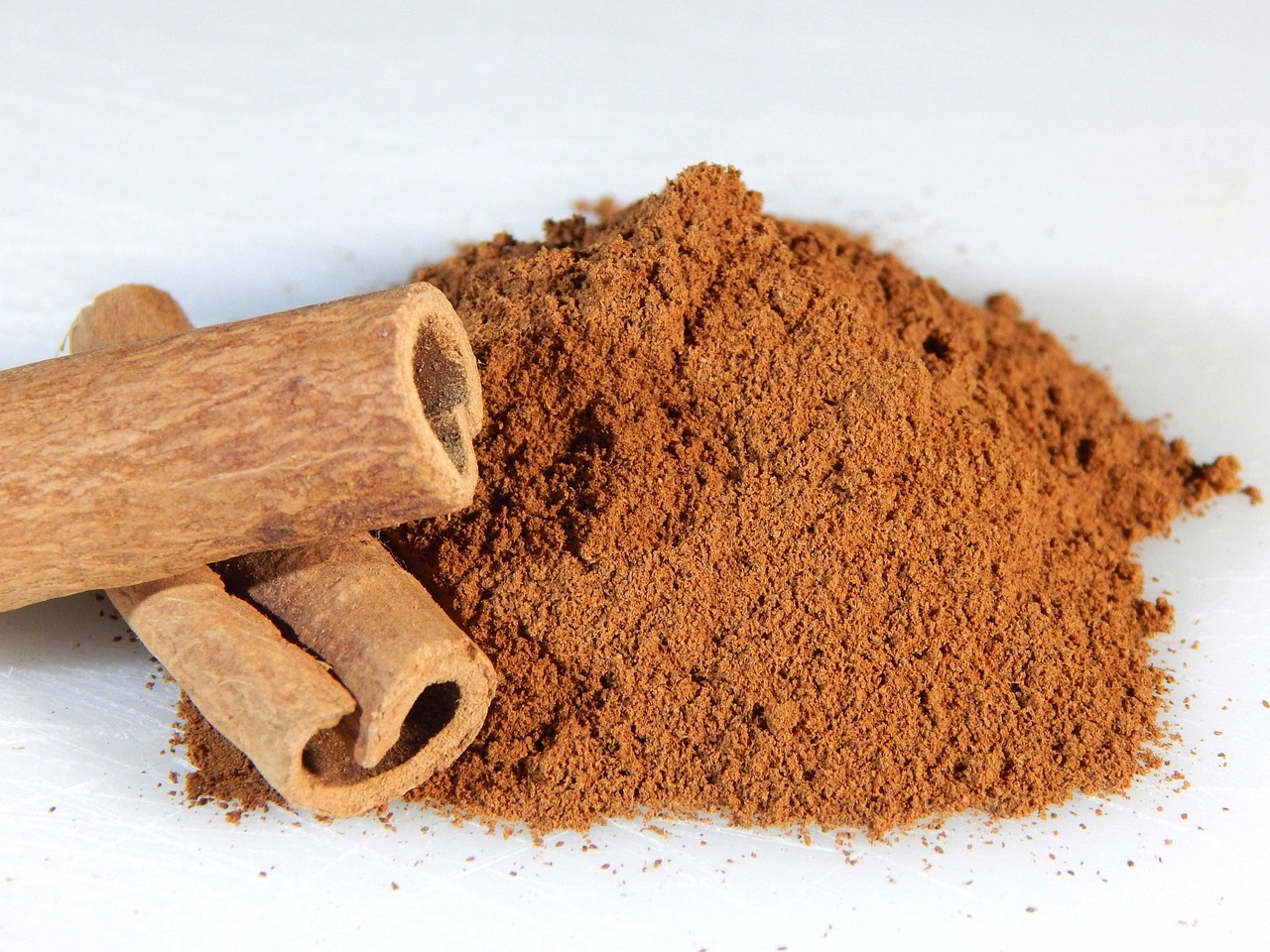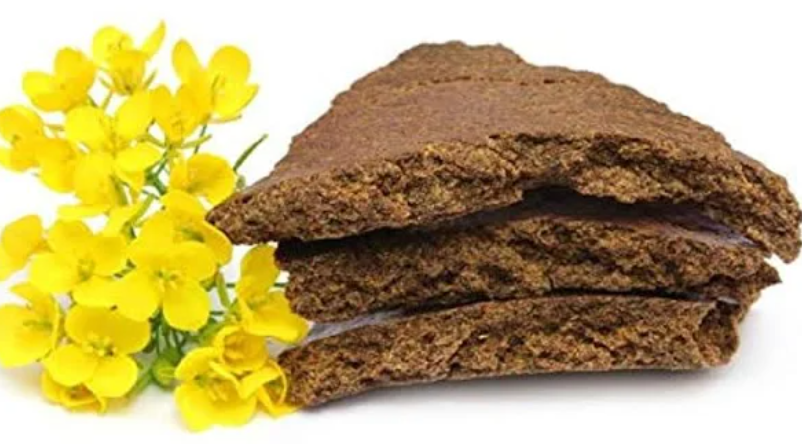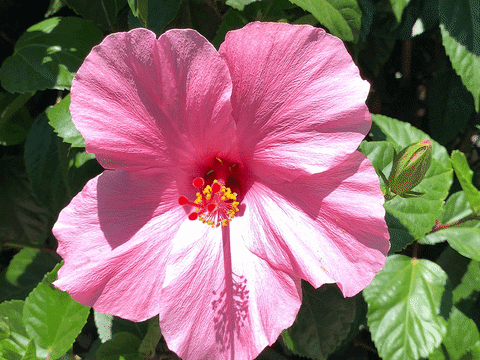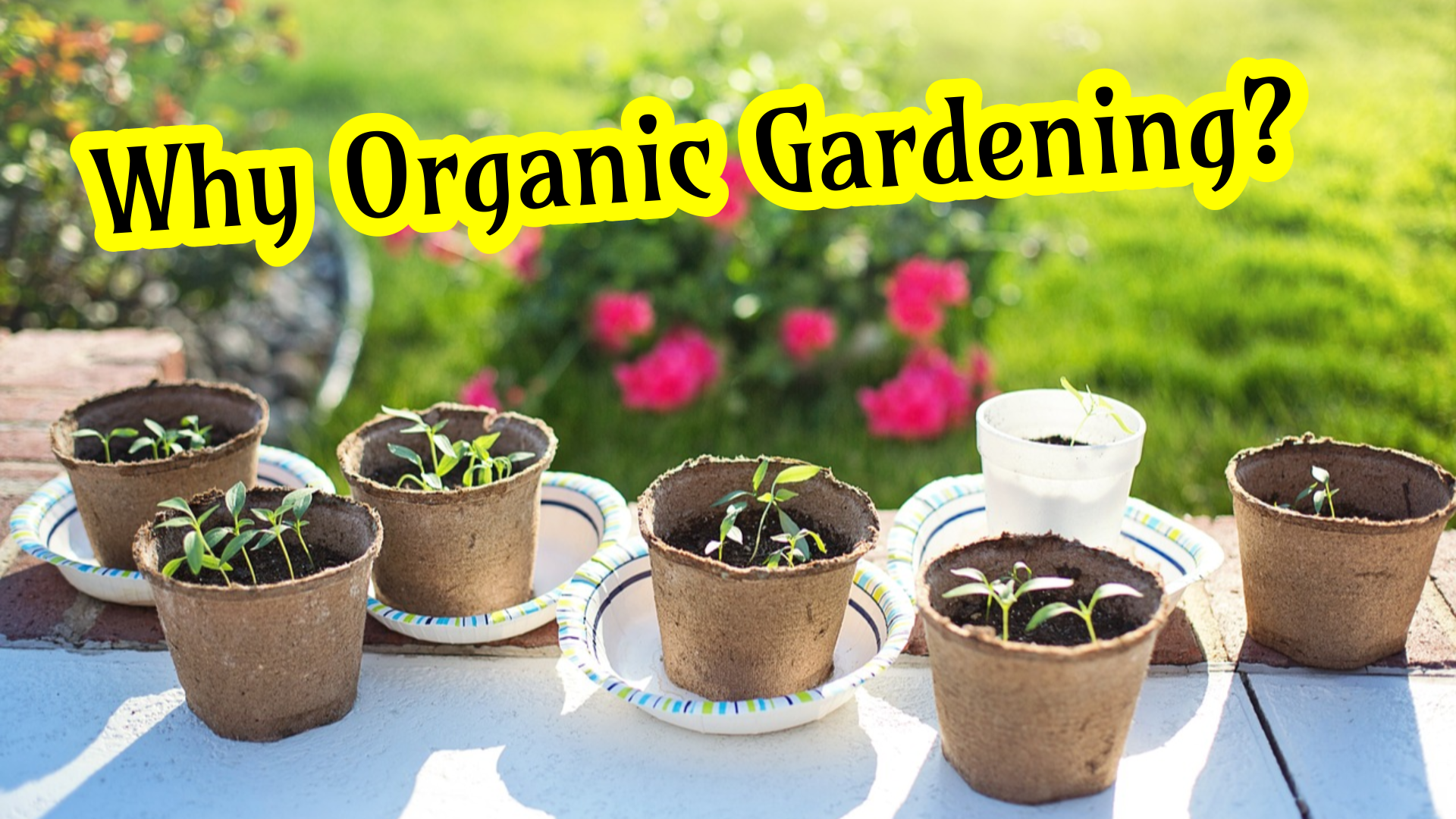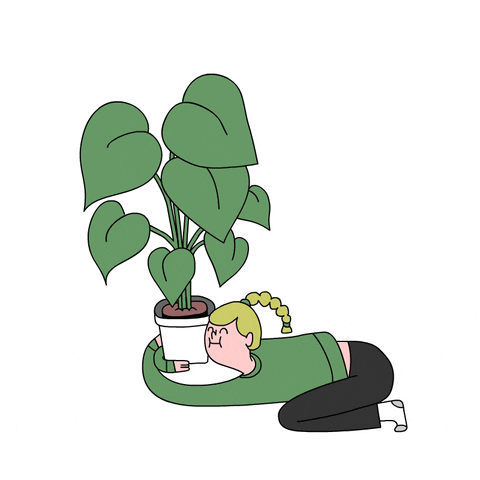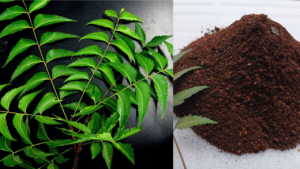Are you tired of dealing with annoying fungus in your garden soil? Well, you can solve that problem with cinnamon powder! This common ingredient in your kitchen not only makes your food taste great but also helps fight off fungus in your garden. In this guide, we will talk about how cinnamon powder can keep your plants healthy and make your garden flourish.
Is Cinnamon Powder Good to Prevent Fungus in Soil?
Without a doubt, cinnamon powder is an excellent natural remedy for preventing fungus in soil. Its antifungal properties, coupled with its safety and affordability, make it a valuable asset for gardeners seeking to protect their plants’ health and vitality.
Understanding Cinnamon’s Antifungal Properties
Cinnamon powder boasts potent antifungal properties, making it a formidable opponent against soil-borne pathogens.
- Its active compounds, such as cinnamaldehyde, work synergistically to inhibit fungal growth and protect plant roots from infections.
How Cinnamon Powder Acts as a Soil Sterilizer
One of the key benefits of cinnamon powder is its ability to sterilize soil, eliminating harmful fungi and bacteria without harming beneficial microorganisms. By creating a hostile environment for fungal pathogens, cinnamon powder promotes a healthy soil ecosystem conducive to plant growth.
How to use Cinnamon Powder as a Fungicide?

If the soil is well-drained, the risk of fungal attack is lower. To use cinnamon powder as a fungicide:
If fungus is present on the surface, carefully remove that layer of soil.
- Once the affected soil is cleared, evenly sprinkle cinnamon powder on the surface.
- You will notice the fungus disappearing. This is a simple and effective remedy for the issue.
Note:
- This treatment is typically effective as a one-time solution; there’s usually no need to repeat it. While there are many fungicides available in the market, such as Trichoderma spp, cinnamon powder can often yield better results.
Benefits of Using Cinnamon Powder
Explore the numerous benefits of incorporating cinnamon powder into your gardening routine:
1. Safe and Natural
Unlike chemical fungicides, cinnamon powder is non-toxic and environmentally friendly, making it safe for use around children, pets, and beneficial insects.
2. Cost-Effective Solution
Say goodbye to expensive fungicides! Cinnamon powder offers an affordable alternative for controlling soil fungus, saving you money without compromising effectiveness.
Precautions and Considerations
While cinnamon powder is generally safe for use in the garden, it’s essential to exercise caution and follow these guidelines:
Avoid Overuse
While cinnamon powder is effective against soil fungus, excessive application may disrupt the natural balance of soil microorganisms. Use sparingly and monitor your plants’ response to avoid unintended consequences.
Quality Matters
Opt for high-quality cinnamon powder free from additives or synthetic ingredients. Look for organic options to ensure purity and efficacy.
Conclusion
In conclusion, cinnamon powder emerges as a versatile and effective solution for preventing soil fungus and promoting healthy plant growth. Its natural antifungal properties, coupled with its safety and affordability, make it a valuable addition to any gardener’s toolkit. By harnessing the power of cinnamon powder, you can enjoy lush, thriving gardens free from the grip of fungal pathogens.
Thanks
Make Your Own Garden!




